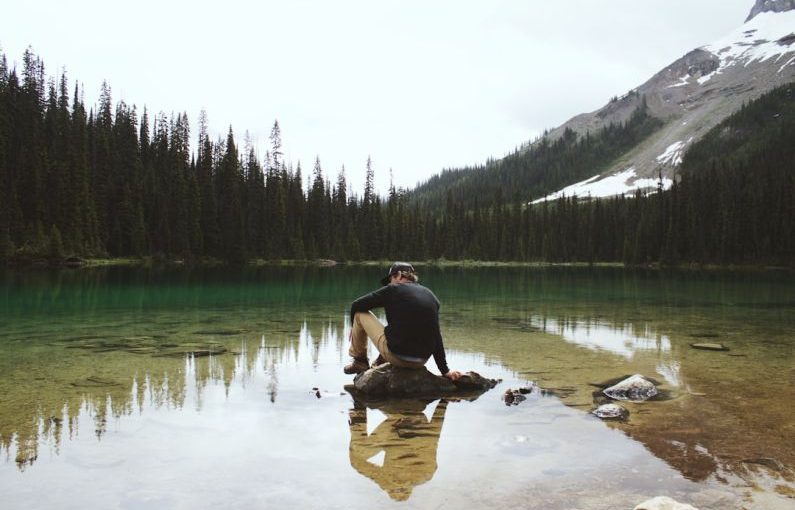Venturing into the wilderness on a solo journey can be a transformative and exhilarating experience. The vast expanses of untouched natural beauty, the solitude, and the sense of self-reliance all combine to create a unique adventure unlike any other. However, traveling alone in remote wilderness areas also presents a set of challenges that require careful preparation and consideration. In this article, we will explore essential tips and strategies for those planning to embark on a solo trip into the wild.
Understanding the Terrain and Environment
Before setting out on a solo adventure in the wilderness, it is crucial to thoroughly research and understand the terrain and environment you will be entering. Different wilderness areas pose varying challenges, from rugged mountains to dense forests to arid deserts. Familiarize yourself with the topography, climate, flora, and fauna of the region to ensure you are adequately prepared for what lies ahead.
Packing the Essentials
When traveling solo in the wilderness, every item you pack is essential for your survival and well-being. Make a comprehensive list of necessary gear, including navigation tools, first aid supplies, adequate food and water, shelter, and appropriate clothing for the conditions you may encounter. Remember that you will be entirely responsible for your safety and comfort, so pack wisely and avoid unnecessary items that will only weigh you down.
Navigating with Confidence
Navigating through the wilderness can be challenging, especially when traveling alone. Equip yourself with reliable maps, a compass, and a GPS device to help you find your way. Before embarking on your journey, familiarize yourself with basic navigation skills and practice using your tools to ensure you can confidently navigate the terrain. In addition, inform someone of your itinerary and expected return date in case of emergencies.
Safety First
Safety should always be a top priority when traveling solo in the wilderness. Be aware of potential hazards such as wildlife encounters, extreme weather, and rugged terrain. Take precautions to minimize risks, such as carrying bear spray in bear country, packing extra layers for unexpected weather changes, and staying hydrated throughout your journey. Trust your instincts and prioritize your well-being above all else.
Embracing Solitude and Self-Reliance
One of the most significant aspects of solo travel in the wilderness is the solitude and self-reliance it offers. Embrace the opportunity to disconnect from the distractions of daily life and immerse yourself in the natural world. Use this time to reflect, recharge, and challenge yourself both mentally and physically. Cultivate a sense of self-reliance by honing your survival skills and learning to trust your instincts in unfamiliar situations.
The Journey Never Ends
As you prepare for your solo adventure in the wilderness, remember that the journey does not end when you return home. Take the lessons learned from your experience and apply them to your everyday life. Embrace the challenges, celebrate the victories, and continue to seek out new adventures that push you out of your comfort zone. Solo travel in wilderness areas is not just about conquering nature; it is about discovering your inner strength and resilience in the face of the unknown.
In conclusion, venturing into the wilderness alone is a rewarding and potentially life-changing experience that requires careful preparation and a willingness to embrace the challenges that come with it. By understanding the terrain, packing the essentials, navigating confidently, prioritizing safety, and embracing solitude and self-reliance, you can embark on a solo journey that will test your limits and expand your horizons. Remember that the journey never truly ends; it is a continuous exploration of both the external world and your inner self. Prepare, plan, and embark on your wilderness adventure with confidence and determination.





